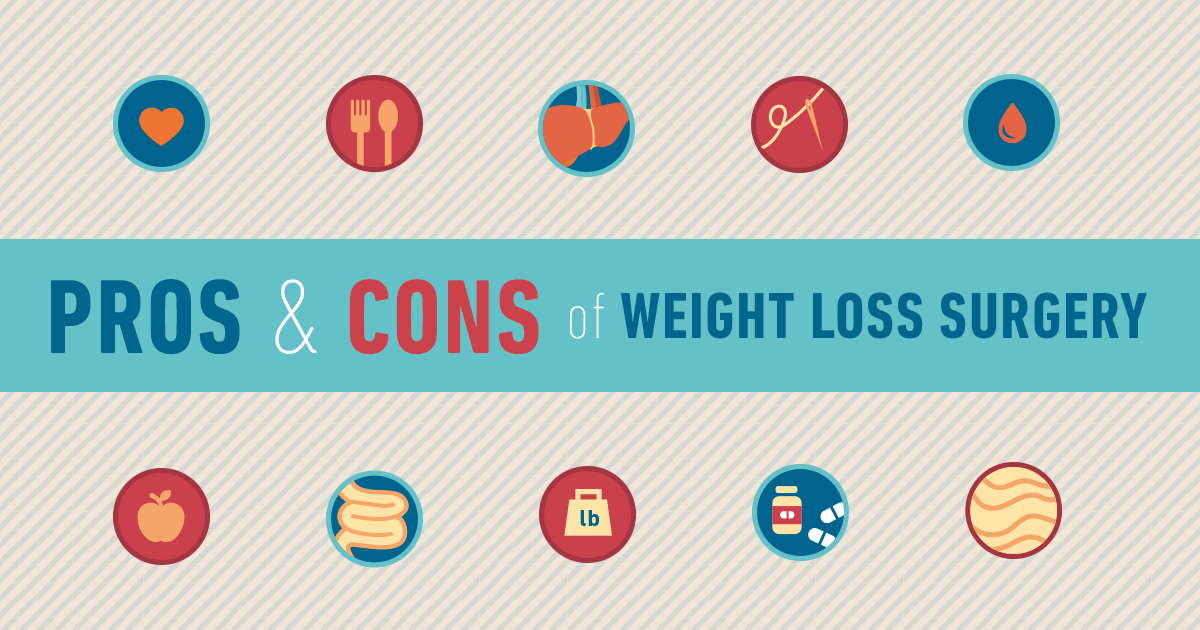Material Produce By-Otte Byrd
If you're taking into consideration vision adjustment alternatives, SMILE eye surgery might be on your radar. This cutting-edge procedure involves developing a small lenticule in the cornea to deal with nearsightedness and astigmatism. Unlike typical LASIK, it's less intrusive and guarantees quicker healing. However, while there are significant benefits, there are also threats involved. Recognizing both aspects can help you make an informed choice about your eye health. What's the healing procedure like, and what should you expect?
Recognizing the SMILE Treatment
The SMILE treatment, or Small Incision Lenticule Extraction, is a minimally intrusive eye surgical treatment developed to correct vision concerns like nearsightedness and astigmatism.
Throughout this procedure, a laser creates a small lenticule, or lens-shaped cells, within the cornea. You won't need any type of stitches, as the tiny cut permits a fast recuperation.
The specialist after that gets rid of the lenticule through this small cut, reshaping your cornea to enhance your vision. Unlike conventional LASIK, SMILE does not call for the production of a large flap, which can cause less difficulties.
You'll find that this method is much less turbulent to the corneal framework, possibly boosting stability. Understanding the treatment assists you feel much more confident as you consider your alternatives for vision improvement.
Conveniences of SMILE Eye Surgical Treatment
While taking into consideration vision adjustment options, you could find that SMILE eye surgery supplies several engaging advantages.
Initially, it's minimally invasive, calling for just a small cut, which means much less interruption to your eye structure. This leads to quicker healing times and less discomfort compared to conventional LASIK.
You'll likewise appreciate its accuracy; SMILE utilizes innovative laser innovation to reshape the cornea, supplying outstanding outcomes for nearsightedness and astigmatism.
In addition, lots of individuals report enhanced visual top quality, with fewer circumstances of glow or halos. Considering that there's no need for a corneal flap, your eyes stay extra steady post-surgery.
learn here but not least, the treatment normally takes simply a few mins, allowing you to go back to your daily activities faster than with various other techniques.
Possible Risks and Recuperation Process
Although SMILE eye surgical treatment is usually risk-free, it is essential to be aware of potential risks that can occur during or after the treatment. Some individuals might experience short-term adverse effects like dry eyes, glow, or halos around lights.
In unusual situations, issues such as infection, vision loss, or the need for added surgery can take place.
Recuperation generally involves a couple of days of rest and staying clear of difficult tasks. You must follow your cosmetic surgeon's post-operative guidelines thoroughly, consisting of utilizing suggested eye declines and going to follow-up consultations.
Several individuals see improved vision within a couple of days, yet full recuperation can take weeks. Remaining person and providing your eyes time to recover is necessary for the very best outcome.
Verdict
Finally, SMILE eye surgical treatment uses a modern-day, minimally invasive option for correcting nearsightedness and astigmatism. With its quicker recuperation time and reduced discomfort, it's an appealing choice for lots of. Nonetheless, SMILE Surgery Cost Vs PRK to evaluate the possible risks versus the advantages. By remaining informed and adhering to post-operative care, you can maximize your chances of an effective outcome. If you're considering this treatment, seek advice from your eye treatment specialist to figure out if it's right for you.

